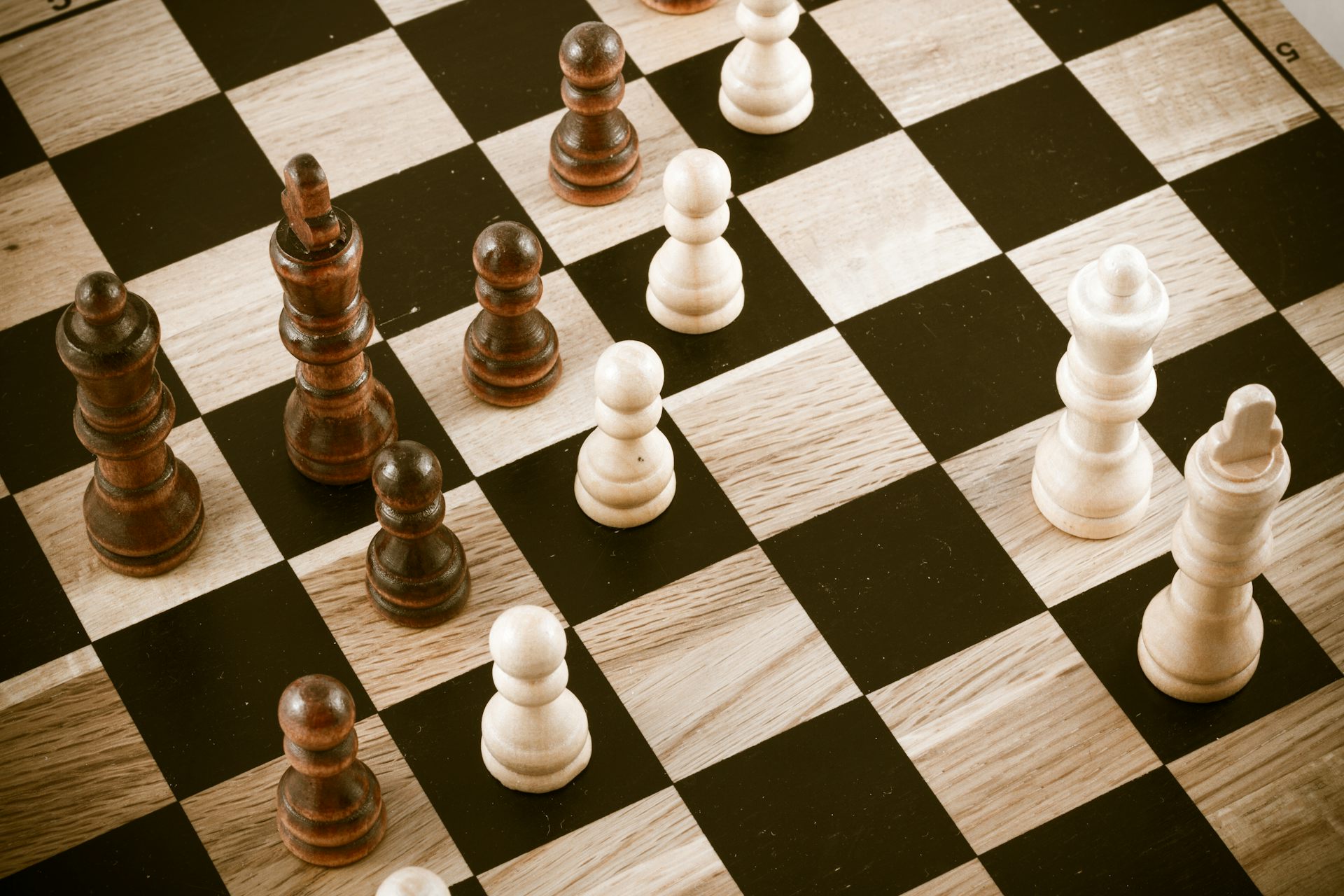
There are three special movement rules to be aware of. Think of it as having the power to move the same as every other game piece except the knight. She is able to move in any direction, and any number of spaces at a time, but only in a straight line (cannot change direction in the same play). The queen is the most valuable of all chess pieces. The king is able to move in any direction, horizontal, vertical, or diagonal, but may only move one space at a time. The bishop may move any number of spaces, so long as it is in a straight line (cannot turn to another angle) and is unimpeded (cannot jump ally pieces). It cannot move vertically or horizontally. The bishop moves similar to the rook, except that it can only move diagonally across the board. The horse can jump over other game pieces to make his move. Each movement must be horizontal or vertical, not at an angle. The spaces must make an “L” shape, meaning he can move two spaces in one direction, then one space in another, or one space in one direction, then two spaces in another. The knight must move in blocks of three spaces at a time. The rook may attack any opponent piece by making a legal move and landing on the position of the opponent’s piece. It can move any number of spaces in a straight line, so long as it’s path is not blocked by any other game piece. The rook can only move in straight lines, forward, backward, left or right. This angular movement can only be made while attacking. The pawn may only attack by moving at a 45-degree angle, one space forward and to the left, or forward and to the right. However, a pawn cannot attack any opponent’s piece with a forward movement. After this initial move, a pawn may only move forward one space. Legal movements are as follows: Pawn (x8)Ī pawn can be moved straight forward one or two spaces the first time it moves from it’s original position. Pawns are the most restrictive, and Queens the most liberal. Which brings us to… Legal Game Piece MovementsĮvery game piece – remember there are six different types – is capable of moving in a different manner. The two take turns from there on out until one player wins. Player 2, controlling the dark colored pieces, goes second. Traditionally, the player in control of the light colored pieces is Player 1, and will go first. The other half – the dark colored ones – belong to Player 2.Įach player will set up their pieces as follows, left to right, with the “back row” being the line closest to him/her, and the “front row” being the line directly in front of the back row (see diagram below).īack Row: Rook – Knight – Bishop – Queen – King – Bishop – Horse – Rookįront Row: Pawn – Pawn – Pawn – Pawn – Pawn – Pawn – Pawn – PawnĬhess is a turn-based game. Half of them – the light colored ones – belong to Player 1. There are 32 game pieces you’ll need to place on the board.

Setting Up the Chess BoardĪ chess board is made up of an 8×8 grid 64 squares alternating in color from dark to light. We’ll talk more about the advantages of AI bot play in our next section on game improvement.


Traditionally, both would be human players, but computer technology has given us the option to compete against ‘bots’ (computer robots). Northwest Territory – Nunavut – Ontario – Prince Edward Island – Quebec – Saskatchewan – YukonĬhess is a game for exactly two players. Alberta – British Columbia – Manitoba – Newfoundland & Labrador – New Brunswick – Nova Scotia


 0 kommentar(er)
0 kommentar(er)
